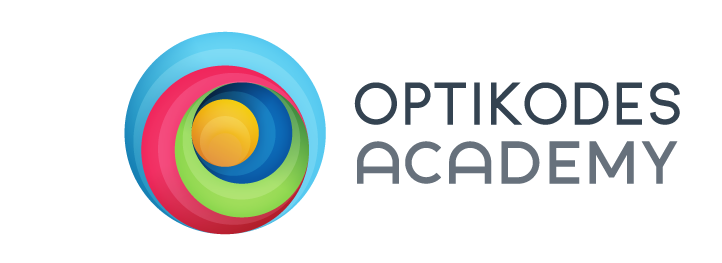Learning Specialists specialize in removing the barriers to a child’s learning and school success but often it turns out that the biggest barrier for many learners is emotional in nature. As a former child psychotherapist, I am always on the look-out for the signs that my students are suffering on a psycho-emotional. My practice is filled exclusively with nontraditional learners who are at risk of experiencing chronic emotional dysregulation.
HIDDEN TEACHING EPIDEMIC Nontraditional learners are perpetually overwhelmed by standardized teaching methods that don’t reach them. These learners are fish out of water in the traditional school system they must attend every day. To really understand the experience of dysregulation they undergo as a result, one has to first understand the flip side of the coin: emotional regulation.
Emotional Regulation
Emotional self-regulation or emotion regulation is a child’s ability to cope with the ongoing demands in their life with a range of socially acceptable and flexible responses. Depending on the situation, a child with emotional regulation will respond to hurt, frustration or stress in a reasonable way; they don’t get too out of control when they don’t get their way, for example. Kids who grow up being able to emotionally self-regulate will generally develop good social skills and for the most part they become well adjusted and high functioning children. Life doesn’t throw them off kilter too often or for too long.
Emotional dysregulation is just the opposite. Kids in this group often feel overwhelmed, anxious and over-worried. In stressful situations they over-react, and often lose control in a big way. Or they do the opposite and become depressive and chronically anxious. These children do not exude self-esteem and confidence and their parents worry about them all the time.
Nontraditional Learners are Vulnerable
It turns out that 30% of learners are nontraditional learners as shown by their OptiKode Learning Style. This group comprises the 8-10 learners in every class who don’t respond well to the standardized teaching methods. They are natural born learners like their peers, but the classroom methods leave them behind.
This predicament that the nontraditional learners are in is the root cause of their emotional dysregulation; no matter how hard they try, they don’t caught up and excel. Worry, low-self esteem and a lack of confidence overtake them. Emotional dysregulation takes hold of their fragile sense of self and they spend years upon years coping with the legacy of dysregulation.
To offset the effects of dysregulation, parents can opt to discover their child’s learning style and set up an optimal learning zone at home where they can finally get the support they need. Visit OptiKodes.com and take the Free OptiKode Test which will reveal your child’s learning style and help you bring emotional regulation into their lives. Emotional regulation is one of the things children need above all else and is a prerequisite for healthy childhood development.

